The Centennial Case: A Shijima Story on PlayStation 5
Japanese mystery games aren’t a new concept. Though, they typically play out as a visual novel like the Danganronpa and Zero Escape games. This time around we’re getting the detective work through the lens of an FMV (Full Motion Video) game and its still very fitting. If you’re a fan of detective films, there’s plenty to like here.
The Centennial Case: A Shijima Story starts with mystery novelist Haruka Kagami being approached by her science consultant and friend about coming to his family’s estate under the guise of writing a feature story about their cherry blossom ceremony. However, what he really wants her to look into is “the so-called Fruit of Youth that’s been passed down for generations in my family…and a recently unearthed skeleton.” To call this simple family drama is an understatement.
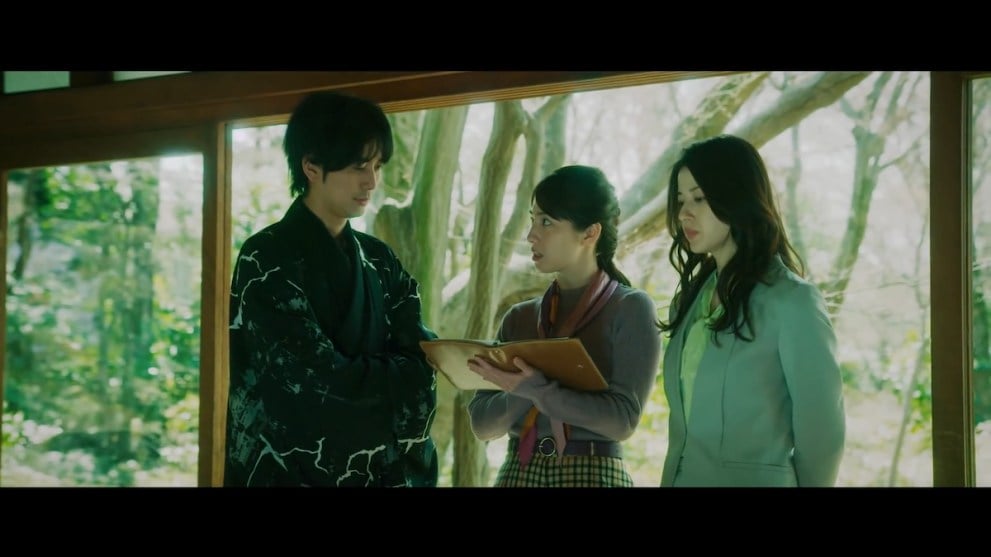
Most of this present-day story merely serves to be a frame narrative as Haruka first delves into a hundred-year-old Japanese short story magazine. A majority of the game’s chapters serve as a telling of past events. The cast from the present-day story fills in the various roles in the past segments. This is explained in the story as Harkua having to use her imagination as the stories are quite old and there are missing parts. It’s a brilliant idea that works perfectly especially because the detective role is always still Haruka.
From front to back, The Centennial Case: A Shijima Story boils down to just watching both a terrific and lengthy movie. There are occasionally dialogue options (usually just a binary square/circle choice) that pop up to give Haruka something to say (or think to herself) but they don’t actually mean or change anything. For instance, if the option chosen is something Haruka thinks to herself and you rewind and play it back, it doesn’t even replay what she thought or let you choose the other option.
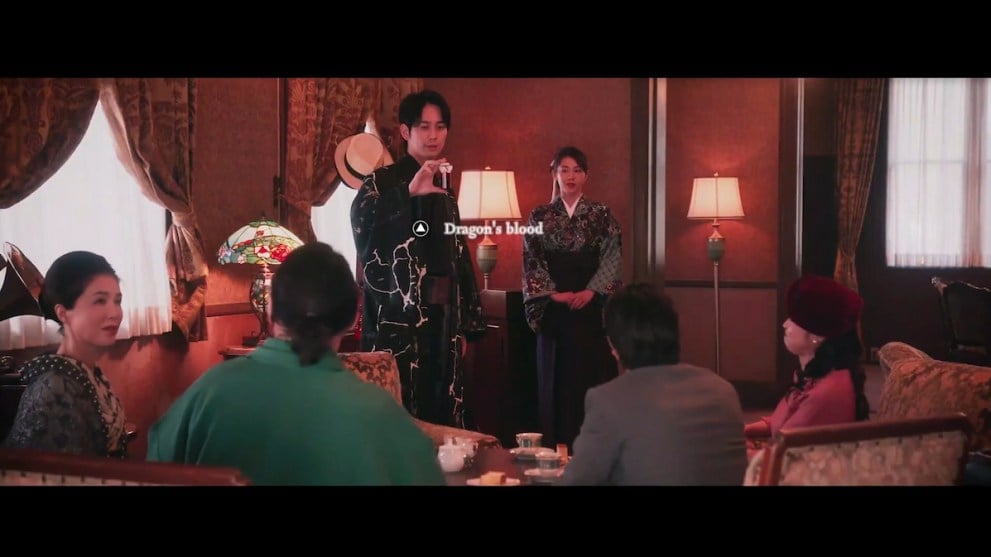
Several times the two choices were just halves of a complete thought and the split didn’t make sense for any other reason than to make me feel like I’m doing something more than just watching a movie. There are no branching paths to the story, either. Every playthrough is the same story.
I don’t want to make it sound like I’m diminishing the story on offer. The movie is shot nicely and well-acted. You get two choices for audio, an English and a Japanese track. I went with the former and while it wasn’t as organically acted, the voice actors hired for the dub did an excellent job and still conveyed the right emotions. It was through their effort that my immersion was never broken.
I even wish there was a mode where I could just play the game as one long film without any breaks, making it easier to show friends the game’s great cinematic story. Even with the sections where you go through every clue, I still found myself enjoyably surprised by a couple of twists.
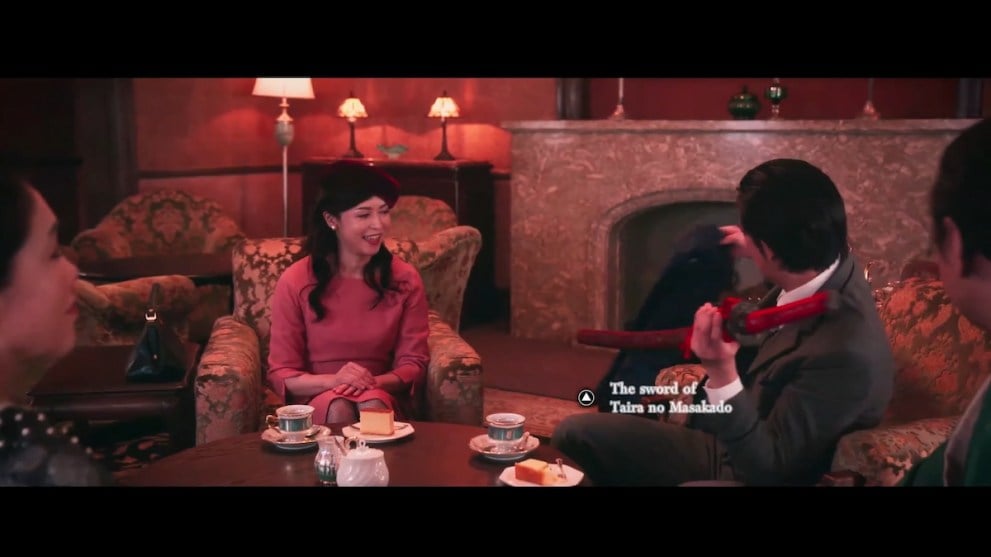
The chapters of the game typically follow the same formula. The story plays out and you can press triangle when certain clues come up on-screen. This is also something that feels like it only exists to make you feel you are contributing. Once the victim (no spoilers here) has been found, the true investigation starts. After the scenes of investigation have ended you are thrown into the “cognitive reasoning space” and set upon putting together mysteries and clues in the Reasoning section. This is where the real detective work begins.
The game hands the player a couple of red hexagons that are mysteries with grey hexagons around it that you must fill with related clues. You can put this hexagon puzzle together in an immersive investigative way and choose the clues that relate to the mystery based purely on the text connections.
Though, the easiest way is just to connect the triangle shapes shared by the clues and the mysteries like one simple matching game. The fact that I wasn’t required to truly do any work to get to the result was a bummer. This whole chunk of gameplay never stopped feeling like the game was holding my hand when I just wanted to get to the next bit.
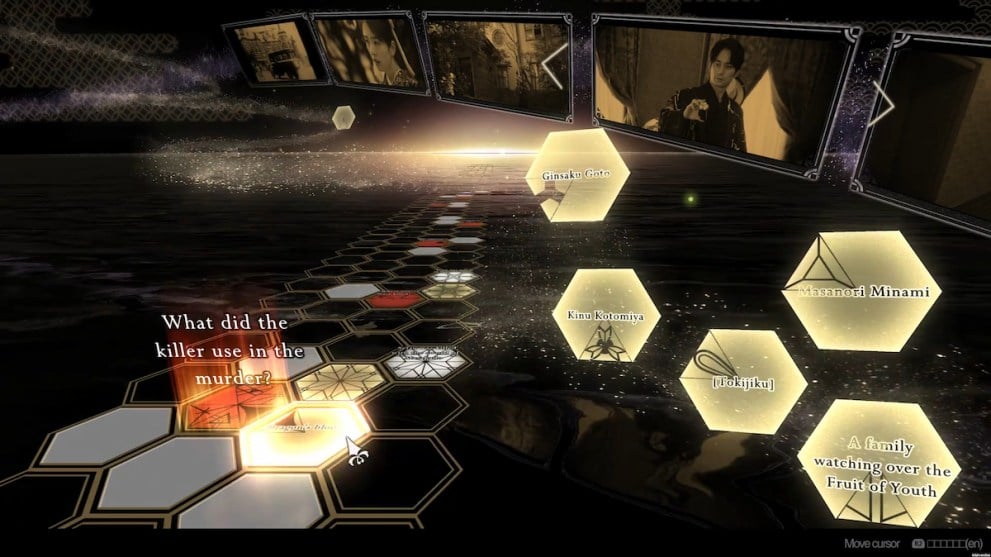
The connection between mysteries and clues leads to hypotheses. These hypotheses are small scenes that are mostly just text that speculate different things about the crime. These are mainly to make you think so you can answer every upcoming question properly. The hypotheses vary from spot-on or wildly off base, you have to judge that for yourself.
The scene after finishing the Reasoning stage takes you to a summary where you lay out what the most interesting/noteworthy thing about the crime is to you. The game makes it feel like such a big decision, but this also really doesn’t matter due to the fact that you can skip it if you have to return to Reasoning after giving a wrong answer.
Getting to experience the genre trademark scene of the detective explaining the whodunnit and why with the perfect logic pathway never got old for as long as the game went on. It made me wish I could just watch it unfold instead of taking a multiple choice test and breaking up the cool tension of the moment.
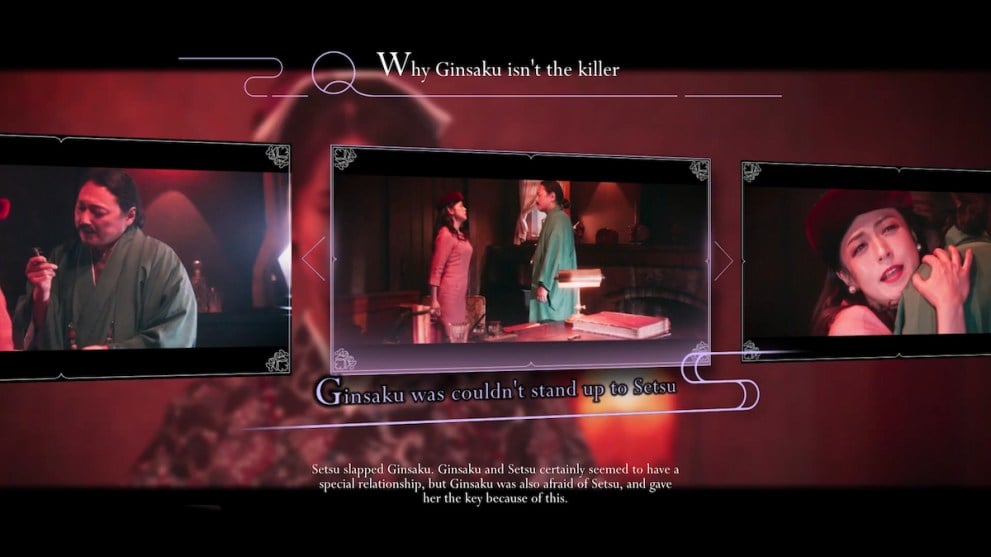
The Centennial Case: A Shijima Story is an exceptional grouping of semi-connected detective stories. Experiencing a whodunnit while marginally helping piece the mystery together was a great combination. While much of the investigations are too guided, getting to watch the suspects react as you place down piece after piece of evidence is completely worth it. The game never works better than it does when you just get to sit back and enjoy watching the story unfold.
- Great detective story.
- Great acting (including dub actors).
- English audio track.
- Very well shot movie scenes.
- Fun twists.
- Satisfying story conclusion.
- Investigations are very guided.
- Dialogue choices don't matter at all.

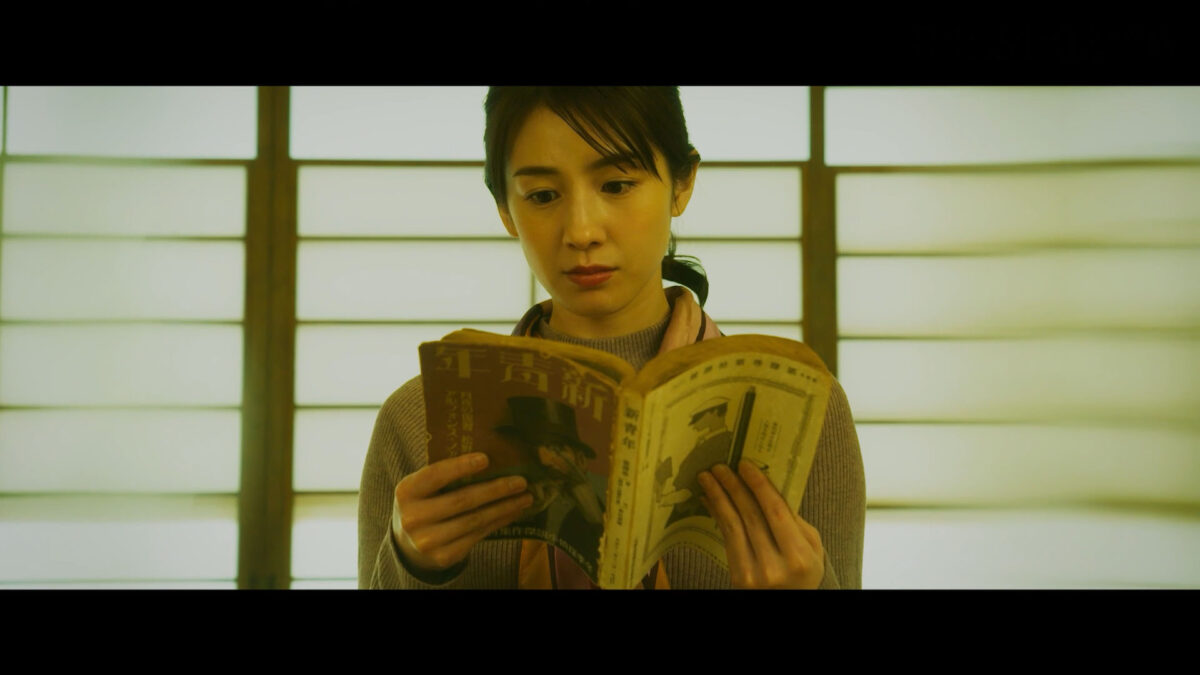






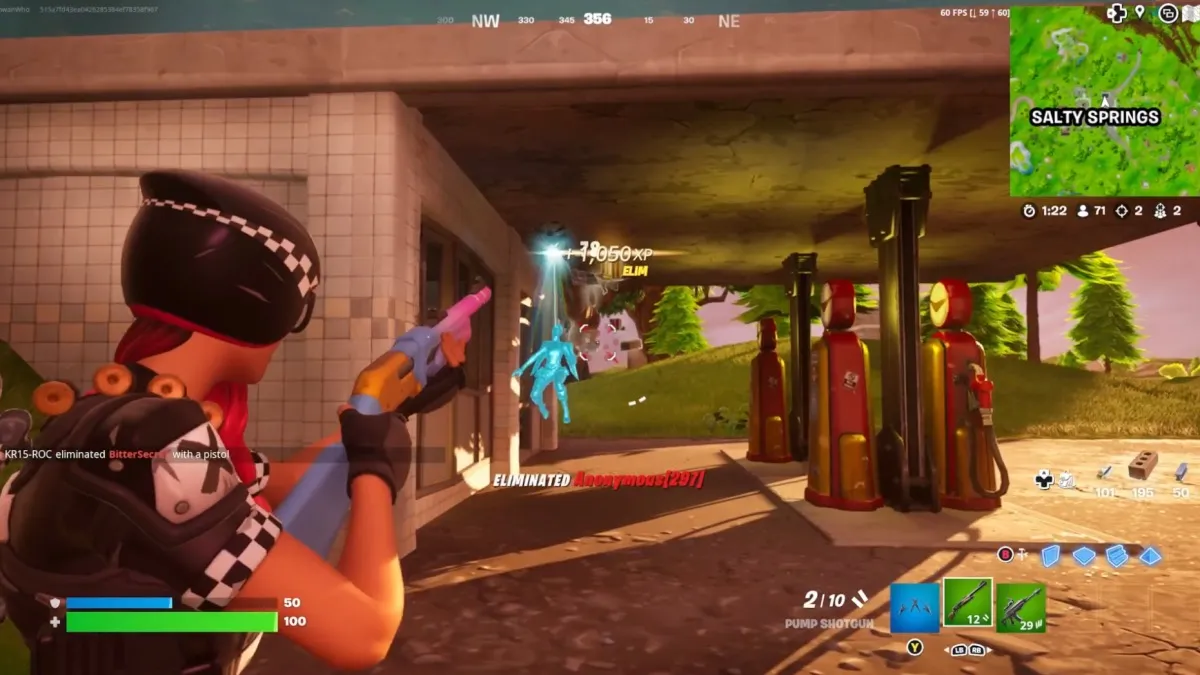




Updated: May 16, 2022 06:13 pm